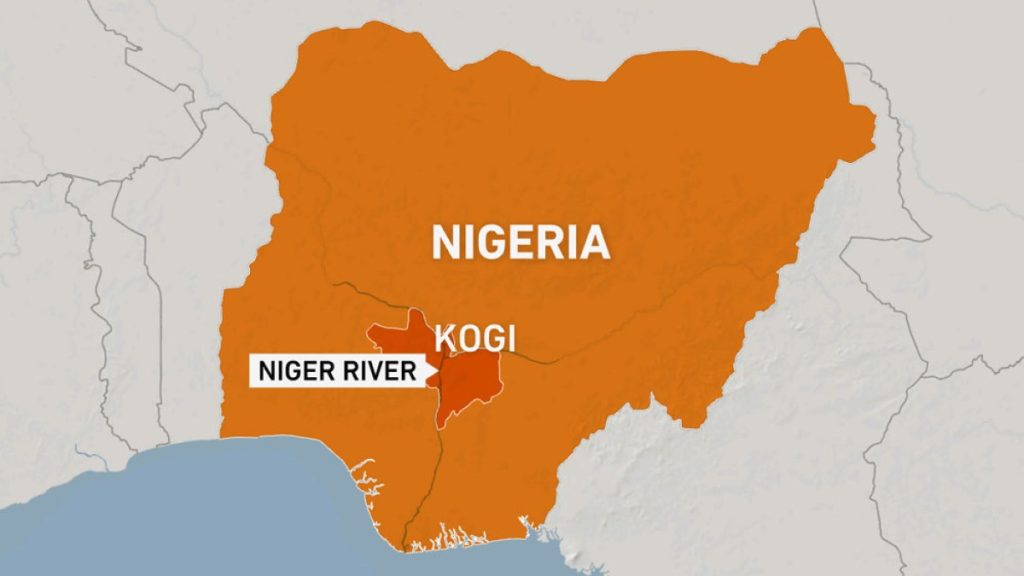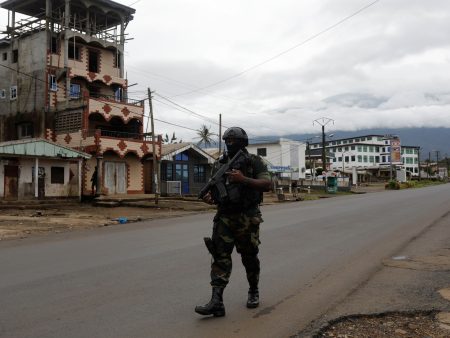The tragic incident on the Niger River in central Nigeria, which saw at least 27 confirmed deaths and over 100 individuals reported missing, highlights the ongoing vulnerabilities associated with water transportation in the country. The boat, overloaded with approximately 200 passengers traveling from Kogi State to a food market in Niger State, capsized late on a Thursday night, prompting a swift response from local authorities and emergency services. Despite their efforts, only a fraction of those missing had been accounted for by Friday evening, raising urgent questions about safety measures and enforcement practices on Nigerian waterways. Government statements highlight that many victims were women who relied on these routes to conduct their business and support their families.
The possible causes of the capsizing remain a topic of investigation, with local officials suggesting factors such as turbulent water conditions and the boat’s age. Notably, the absence of life jackets among the recovered bodies has been pointed out as a critical factor contributing to the loss of life during the incident. Without flotation devices, passengers found themselves at higher risk of drowning when the vessel overturned. The challenges faced by rescuers in locating the precise site of the disaster only exacerbated the tragedy, with officials from the National Emergency Management Agency reporting difficulties in the operation.
This capsizing is not an isolated case but part of a distressing trend of mass drownings in Nigeria, particularly as authorities grapple with ineffective enforcement of safety regulations. Reports indicate that in recent months, incidents on Nigeria’s rivers have resulted in devastating death tolls. For example, in September, an overloaded boat sank in Zamfara State, resulting in over 40 fatalities, while a similar tragedy in June claimed more than 100 lives. Each case underlines a pattern of negligence regarding basic safety standards, including overcrowding and inadequate maintenance of boats, which are often locally constructed to maximize passenger capacity despite regulatory guidelines.
Overcrowding has been repeatedly cited as a significant contributor to these accidents, with many boats frequently transporting more passengers than they can safely accommodate. As the need for affordable transportation remains high, especially for those engaged in trade and market activities, compliance with safety measures tends to diminish under economic pressures. The widespread unavailability of life jackets and the associated costs have led to their absence on many vessels, further exacerbating the risks faced by passengers on these often-treacherous journeys.
Local governors and emergency agencies are becoming increasingly vocal regarding the need for improved safety measures on waterways. Ahmed Usman Ododo, the Kogi State Governor, emphasized the importance of addressing these issues, noting the economic impact of these accidents on local communities that rely on water transport for their livelihoods. As families mourn the loss of loved ones, there are urgent calls for the government to implement stricter regulations governing water transportation, particularly focusing on the safe capacity of vessels, the maintenance of boats, and the mandatory use of life jackets.
The heartbreaking realities of such incidents serve as a somber reminder of the challenges faced by communities that depend on waterways for transportation and commerce. While regional authorities express their condolences for the victims and their families, it is clear that without significant reforms to enhance safety measures, prevent overcrowding, and ensure the availability of life-saving equipment, these tragedies are likely to persist, underscoring the pressing need for systemic change in Nigeria’s approach to water transportation safety.










